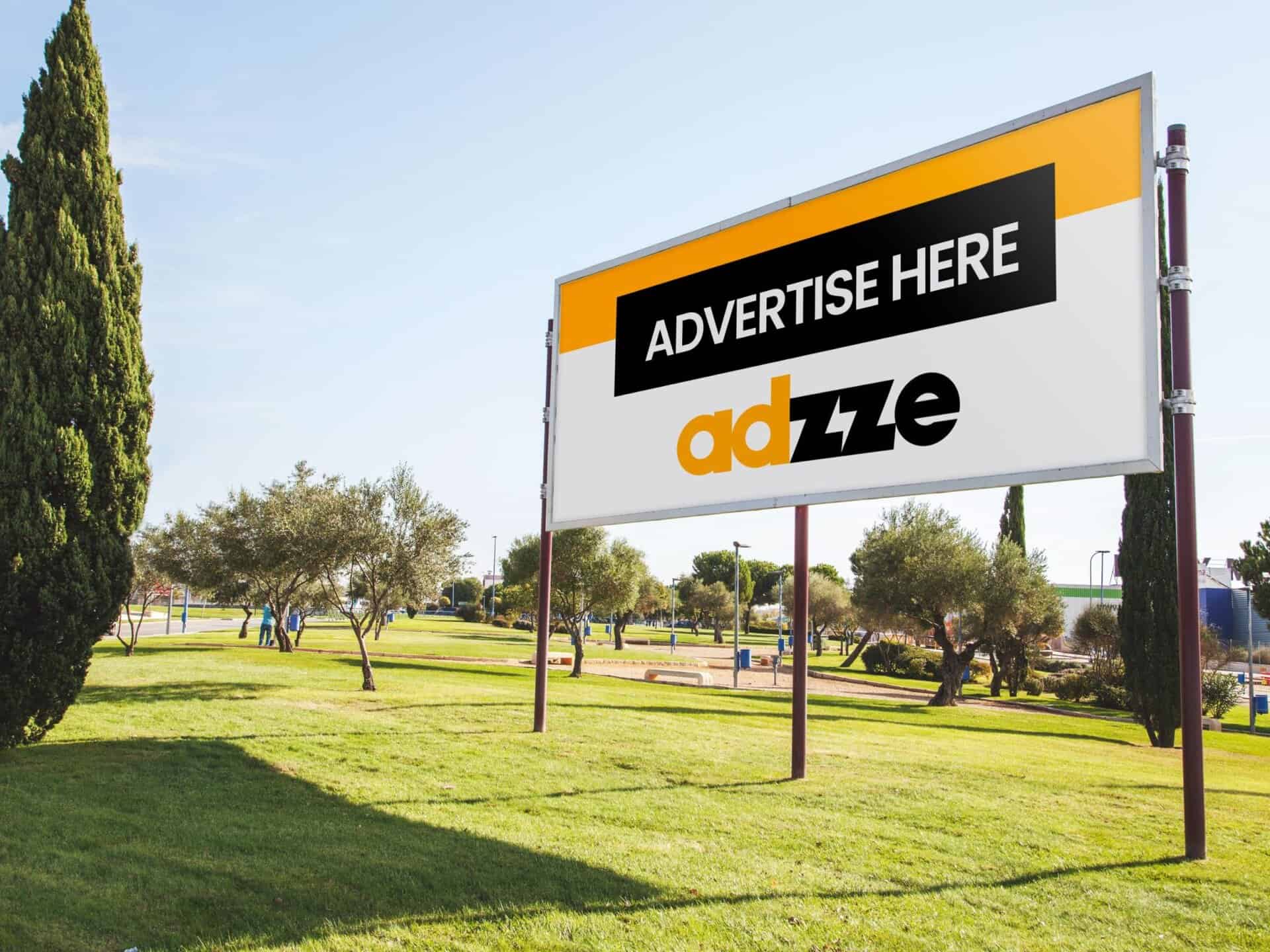Introduction: Why Geomarketing is a Game-Changer for Country Club Advertisement
In the competitive world of luxury memberships, country club advertisement requires more than just traditional marketing methods. To attract the right clientele, clubs must employ highly targeted and data-driven advertising strategies that reach affluent individuals in their specific geographic regions. This is where geomarketing plays a crucial role.
Geomarketing leverages location-based data to target potential members with precision. By utilizing technologies such as geofencing, GPS tracking, and demographic data analytics, country clubs can reach high-net-worth individuals who frequent certain areas, engage with similar luxury brands, and fit the ideal membership profile.
This blog explores how geomarketing enhances country club advertisement, ensuring that marketing efforts translate into higher engagement, stronger brand positioning, and increased memberships.
Understanding Geomarketing in Country Club Ads
What is Geomarketing?
Geomarketing refers to the use of location intelligence to optimize advertising strategies. For country club ads, this means:
Targeting affluent neighborhoods where potential members reside.
Engaging audiences based on their proximity to country clubs.
Running mobile ad campaigns that trigger when users enter key locations, such as luxury retail stores, golf courses, and high-end restaurants.
Why Geomarketing Works for Country Club Advertisement
Precision Targeting – Ads reach individuals most likely to convert into members.
Increased Engagement – Personalized offers based on location data create higher response rates.
Cost Efficiency – Reduces wasted ad spend by narrowing focus to high-value prospects.
Competitive Advantage – Enables country clubs to attract members before competitors do.
Top Geomarketing Strategies for Country Club Ads
Geofencing for Hyper-Targeted Country Club Advertisement
Geofencing creates virtual boundaries around specific locations, allowing ads to be served to mobile users within those areas.
How it Works:
Establish geofences around affluent residential communities.
Trigger ads when users visit luxury car dealerships, golf shops, or five-star resorts.
Retarget users who have visited the club’s location but haven’t signed up yet.
Example:
A country club ad offering a “VIP Tour & Complimentary Golf Lesson” appears on mobile devices when potential members enter a high-end neighborhood.
GPS-Based Mobile Advertising for Country Club Ads
GPS tracking allows country clubs to deliver ads to users on-the-go, ensuring the message reaches them at the right moment.
Key Benefits:
Target travelers who visit upscale areas.
Deliver personalized promotions based on user location history.
Send exclusive invitations to potential members when they are near the club.
Example:
A GPS-powered country club advertisement sends a limited-time membership offer to individuals currently dining at an upscale restaurant near the club.
Demographic & Behavioral Targeting for Country Club Ad Campaigns
Beyond location, understanding user behavior enhances ad effectiveness. By analyzing income levels, interests, and purchasing behavior, country clubs can refine their advertising strategy.
Best Practices:
Use luxury brand partnerships to reach potential members (e.g., collaborating with premium wine brands or designer apparel stores).
Target frequent golfers and tennis players based on their online activity.
Leverage social media check-ins to identify potential members.
Example:
A targeted country club ad appears in social media feeds of users who recently engaged with golf-related content.
Localized Digital Ads to Strengthen Country Club Advertising
Google and Facebook offer location-based ad targeting that allows clubs to deliver customized messages to users in specific zip codes.
How to Execute:
Set up Google Ads campaigns targeting searches for “exclusive country clubs near me.”
Run Instagram & Facebook ads that promote a “Members-Only Networking Event” for users within a 10-mile radius.
Utilize YouTube geo-targeting to showcase promotional videos to individuals in luxury neighborhoods.
Example:
A Facebook country club advertisement displays a special discount on membership fees to users who have searched for “best golf clubs near me.”
Measuring the ROI of Geomarketing in Country Club Ads
To ensure country club ads deliver results, tracking performance metrics is essential.
Key Performance Indicators (KPIs) to Monitor:
Click-Through Rate (CTR): Measures ad engagement.
Conversion Rate: Tracks memberships acquired from targeted ads.
Website Traffic from Ads: Monitors how many users visit the country club’s site after seeing an ad.
Lead Form Submissions: Captures interested prospects who inquire about membership.
In-Person Visits: Assesses how many ad-engaged users visited the club.
Case Study: How a Country Club Increased Membership Using Geomarketing
The Challenge:
A luxury country club in Florida struggled to attract new high-income members despite traditional marketing efforts.
The Strategy:
Implemented geofencing around wealthy neighborhoods.
Ran Google Ads targeting searches for “exclusive golf clubs”.
Sent mobile ads to luxury hotel guests within a 5-mile radius.
The Results:
23% increase in membership inquiries.
18% rise in membership sign-ups within 6 months.
60% increase in website traffic from geo-targeted ads.
Final Thoughts: The Future of Country Club Advertisement with Geomarketing
As competition for luxury club memberships intensifies, embracing geomarketing strategies is no longer optional—it’s essential. By integrating geofencing, mobile targeting, and digital ad placement, country clubs can reach the right audience at the right time, ensuring higher conversion rates and improved ROI.
Key Takeaways: Geomarketing enhances country club ads with precision targeting.
Geofencing and GPS tracking deliver real-time, location-based promotions.
Behavioral and demographic targeting refines audience segmentation.
Localized digital ads strengthen brand awareness and engagement.
Tracking KPIs ensures measurable success in country club advertisement.






